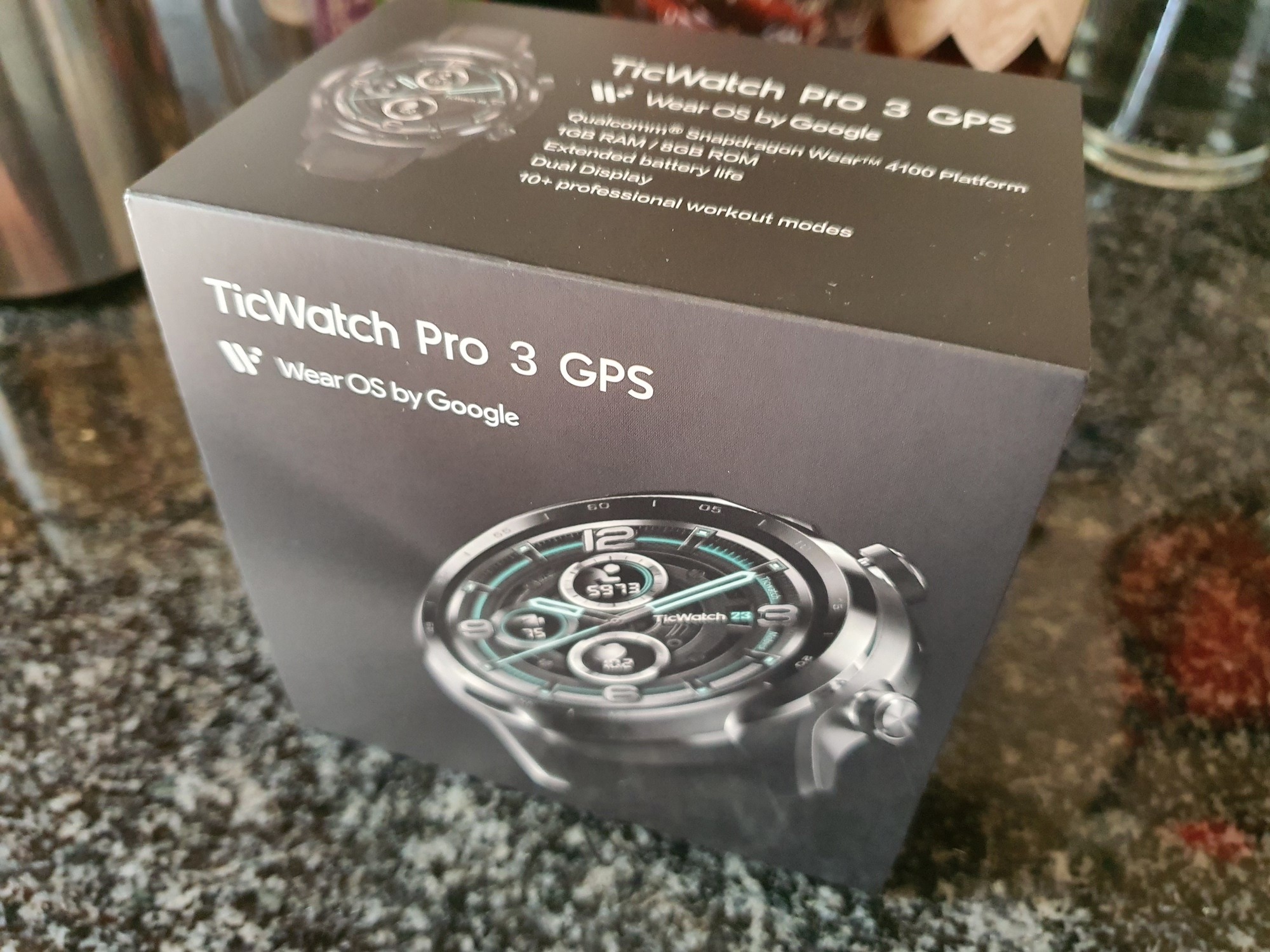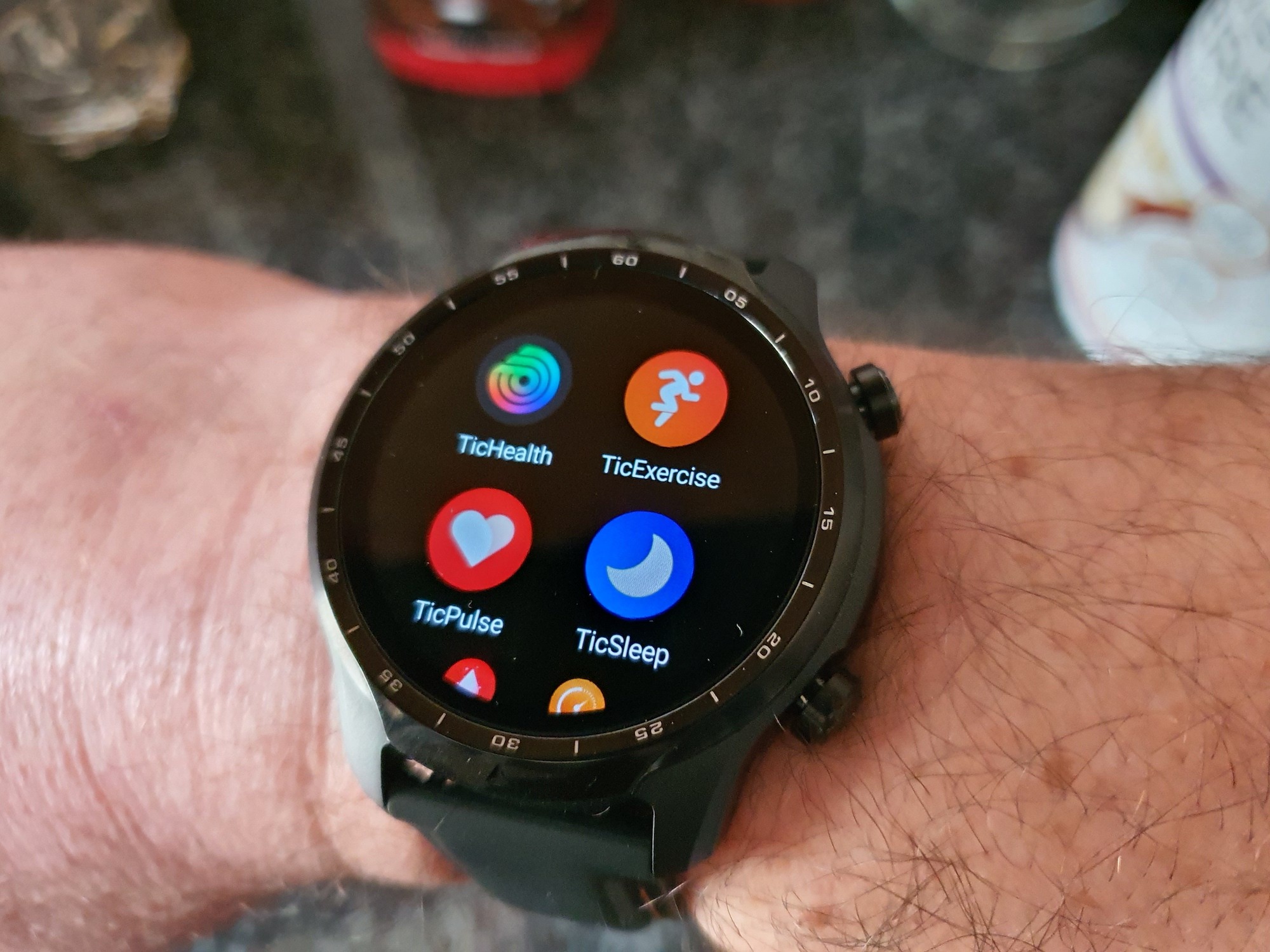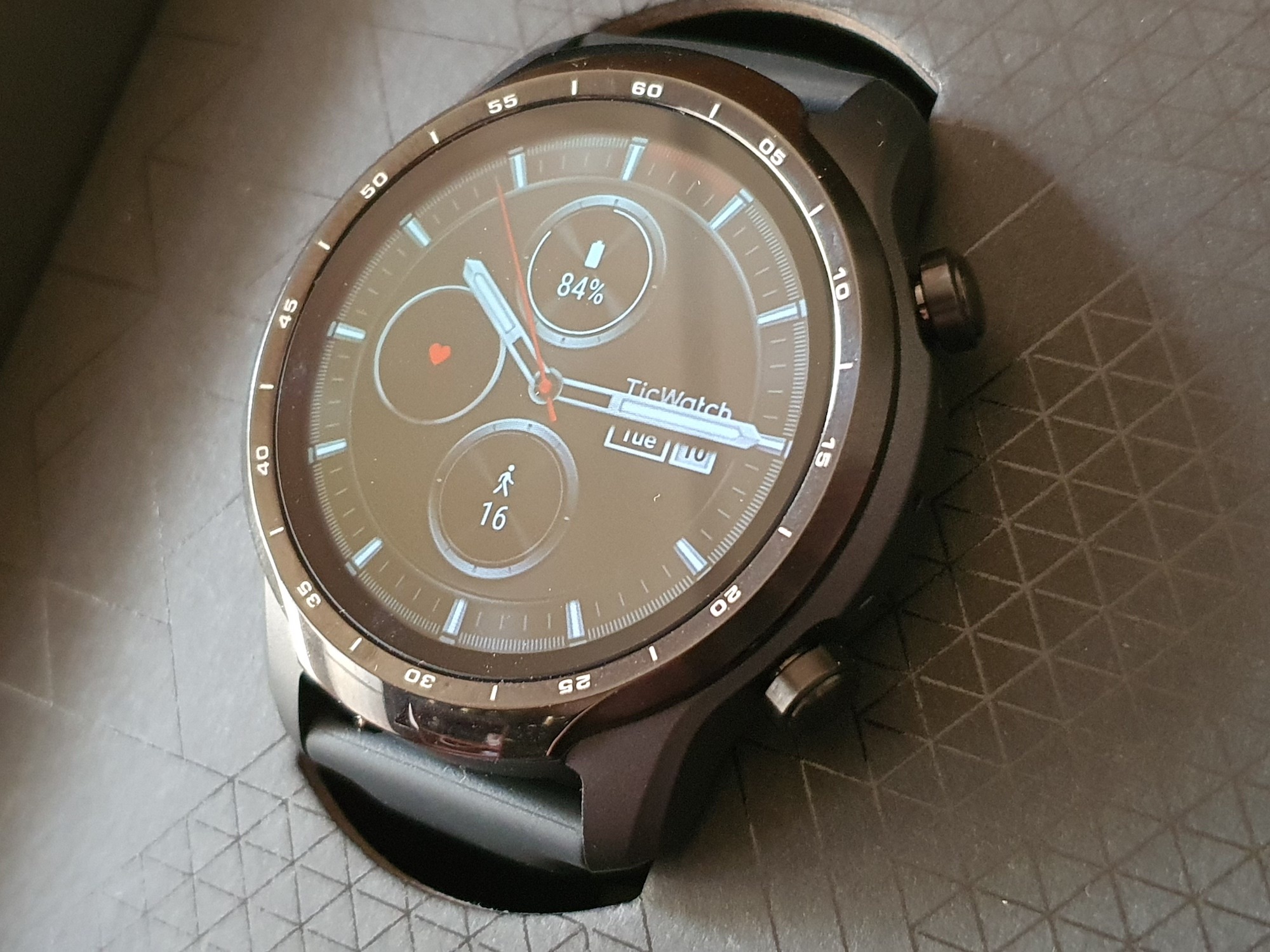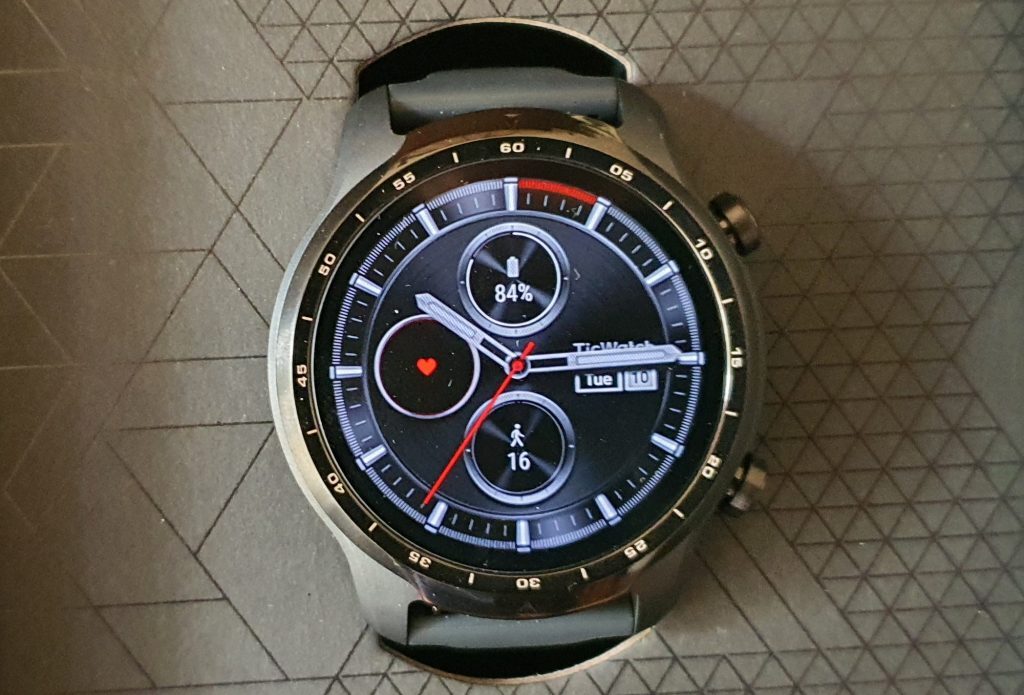There are certainly better smartwatches out there but Wear OS isn't so common in South Africa (yet) that you can just dismiss the TicWatch Pro 3 GPS out of hand. Sure it's got a few faults but there are also features that you'll come to appreciate. If you must have accurate sleep and heart rate tracking, though, look elsewhere.
-
Battery
When it comes to smartwatches in South Africa, we’re far more used to items from Samsung and Huawei than we are to seeing stuff like the TicWatch Pro 3 GPS. Learning that Mobvoi, the Chinese company behind the TicWatch series of devices, is officially in the country made for a nice change of pace so we got our hands on a R6,000 TicWatch Pro 3 to see how it measures up.
Typically we love to compare what we’ve got with what has come before but that’s impossible in this case. The previous models never officially launched here, so we’re measuring against our impressions of the Watch 3 from Samsung and of Huawei’s more recent wearables. Of course, neither of those brands rock Google’s Wear OS (well, Samsung will in a month or so), but we’ll get to that in a sec.
He ain’t heavy?
 References to a song from 1969 aside, the TicWatch Pro 3 is a fairly lightweight example of devices of its type. Smartwatches tend to carry a lot of extra bulk, which can make it feel like you’re trying a balance a stack of R5 coins on top of your wrist. The Pro 3 weighs in at about 42 grams, with a profile that doesn’t overpower your wrist — even if it’s still hosting all sorts of goodies inside.
References to a song from 1969 aside, the TicWatch Pro 3 is a fairly lightweight example of devices of its type. Smartwatches tend to carry a lot of extra bulk, which can make it feel like you’re trying a balance a stack of R5 coins on top of your wrist. The Pro 3 weighs in at about 42 grams, with a profile that doesn’t overpower your wrist — even if it’s still hosting all sorts of goodies inside.
This one’s unique in that it features two different displays. There’s a very attractive 1.4in 454 x 454 AMOLED screen that shows off really excellent colour and general sharpness when you’re scrolling around the watch with a fingertip, as well as a Film Compensated Super Twisted Nematic (FCSTN) LCD display that’s used when the main screen is off and when the Pro 3 is in Essential mode (more on that in a bit). The display is glass, but it’s not Gorilla Glass. Previous TicWatch models included it but they’ve skipped it for this model.
Inside you’ll find a Qualcomm Wear 4100 processor, 1GB of RAM and 8GB of storage. If you’re using one of the cellular versions of this watch (we didn’t), you’re basically toting around a budget smartphone, circa 2018, on your wrist. Well, if not for the 580mAh battery, anyway. The build is a combination of steel and plastic, with two physical buttons along one edge of the watch. The silicone strap is perhaps the worst part of the build. It feels a little cheap and it also could have done with being a little wider. It looks almost comical, like a really small body flailing under a really large head.
What to Wear?
 Setup is remarkably simple, once you get past the fact that Mobvoi’s app mostly uses Google’s Wear OS to handle all of the heavy lifting. We set up the Pro 3 with a Samsung Galaxy Note 20 and had zero issues at all. If you’ve never used Wear OS before, the watch itself sends you through a very quick training session that points out just how easy the Pro 3’s software is to use.
Setup is remarkably simple, once you get past the fact that Mobvoi’s app mostly uses Google’s Wear OS to handle all of the heavy lifting. We set up the Pro 3 with a Samsung Galaxy Note 20 and had zero issues at all. If you’ve never used Wear OS before, the watch itself sends you through a very quick training session that points out just how easy the Pro 3’s software is to use.
It’s very close to full-sized Android, with a settings drawer sliding down from the top, app selection that brings to mind your smartphone (but smaller). There are a set of very masculine default watch faces you can switch into place at the rear of your device — and others you can explore, if you don’t need your wrist looking like it’s dressed in steampunk cosplay. But there’s also the bane of slightly obscure Chinese tech brands — bloatware.
Okay, so that’s not totally fair. There are a few Google programs installed, like Google’s Fit lineup but TicWatch has a whole mess of tracking apps that it wants you to give it permission to use. One of these, TicExercise, will offer you pre-set working tracking. The number of activities is limited to just thirteen (other brands offer far more) but it’ll also track everything from heart rate to steps to sleep, which is the bare minimum we’d expect from a smartwatch. SpO2 is also tracked but there’s no deeper insight — just a measurement.
Unfortunately, it uses its own app for all of the results of that tracking. If you’re looking for a deeper dive into your stats, you’ll find your eyes fare better sticking to the attractive watch interface instead of the rather boring app one.
Fit for purpose?
 Which brings us down to what the actual device can do. Well, it tracks running and steps (fairly well), sleep (not so well) and heart rate (which it could also improve upon), supports notifications and apps on your wrist and also includes GPS tracking that, happily, doesn’t immediately demolish the battery.
Which brings us down to what the actual device can do. Well, it tracks running and steps (fairly well), sleep (not so well) and heart rate (which it could also improve upon), supports notifications and apps on your wrist and also includes GPS tracking that, happily, doesn’t immediately demolish the battery.
The battery itself will give you at least a couple of days before you’ve got to resort to the proprietary charging cable that attaches itself magnetically to the underside of the device. If you switch to Essential mode, which automatically kicks in when you’ve got just a few percent of battery left, you can squeeze up to 45 days out of it, according to Mobvoi. Head in that direction and you’re limited to that low-power FCSTN screen, time and step tracking. In which case, why have you spent R6k on this wearable?
The Snapdragon internals means that it’s nippy enough, no matter what you’re doing, and the battery is ample for a device like this. Apple kinda set the bar low for everyone, so if you can make it more than two days between charges you’re automatically a hero. Wear OS, at least Mobvoi’s implementation of it, has its charms but it’s also capable of improvement. Samsung’s Wear OS implementation, due out soon, might just wipe the floor with this one. We’ll have to wait and see for that.
TicWatch Pro 3 GPS Verdict
There’s a solid amount of smartwatch here in the TicWatch Pro 3 GPS but for around R6,000 you can also lay hands on some more established contenders. Rivals from Samsung and Huawei do exist at the same price point and Huawei has that black magic thing it does with its battery that we still don’t understand. Still, if you simply must experience Wear OS before Samsung drops its take on it, then the TicWatch Pro 3 is worth a look. It’s not without its faults but it’s quick, the battery lasts and it’ll play nice with your Android device no matter which brand you’ve opted for.



